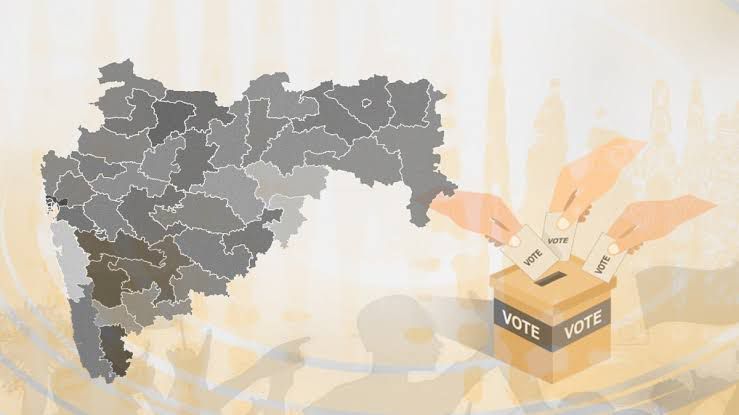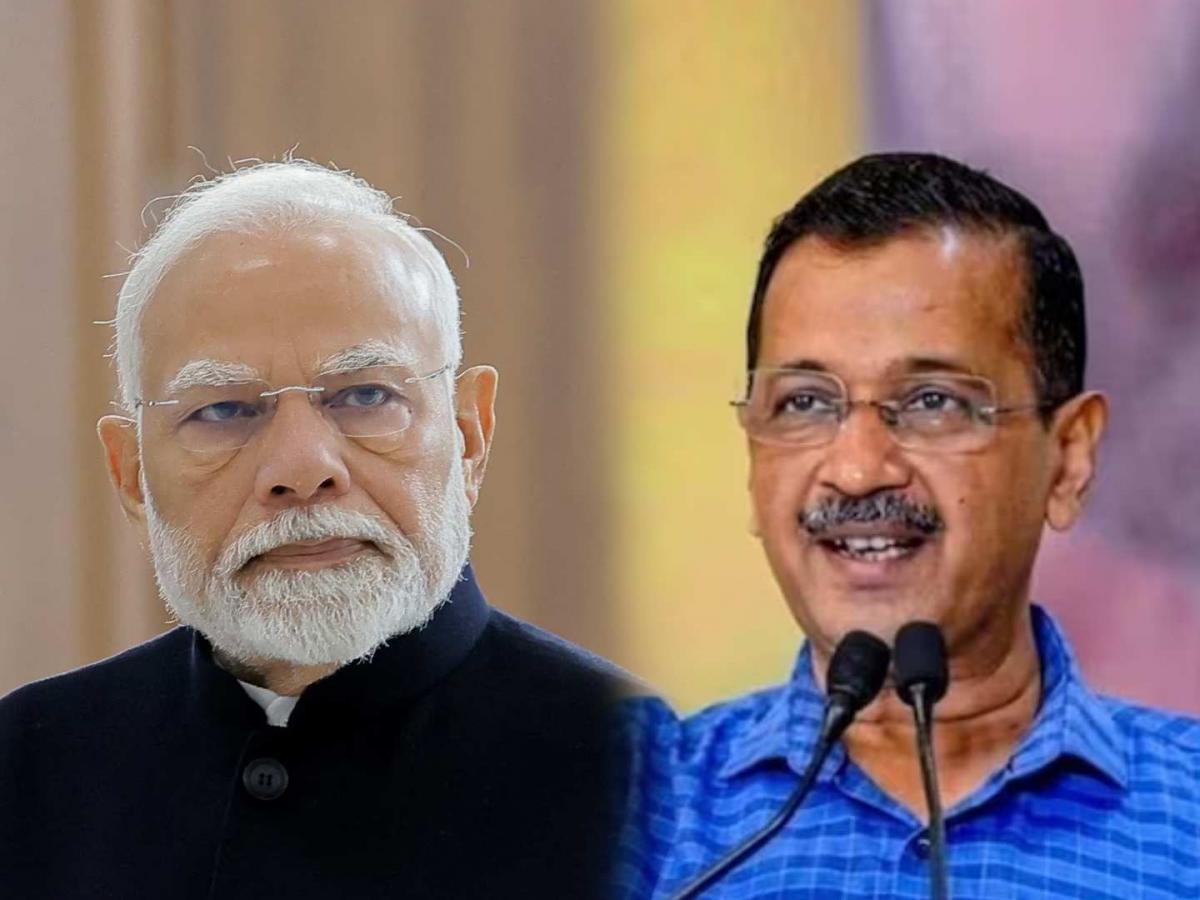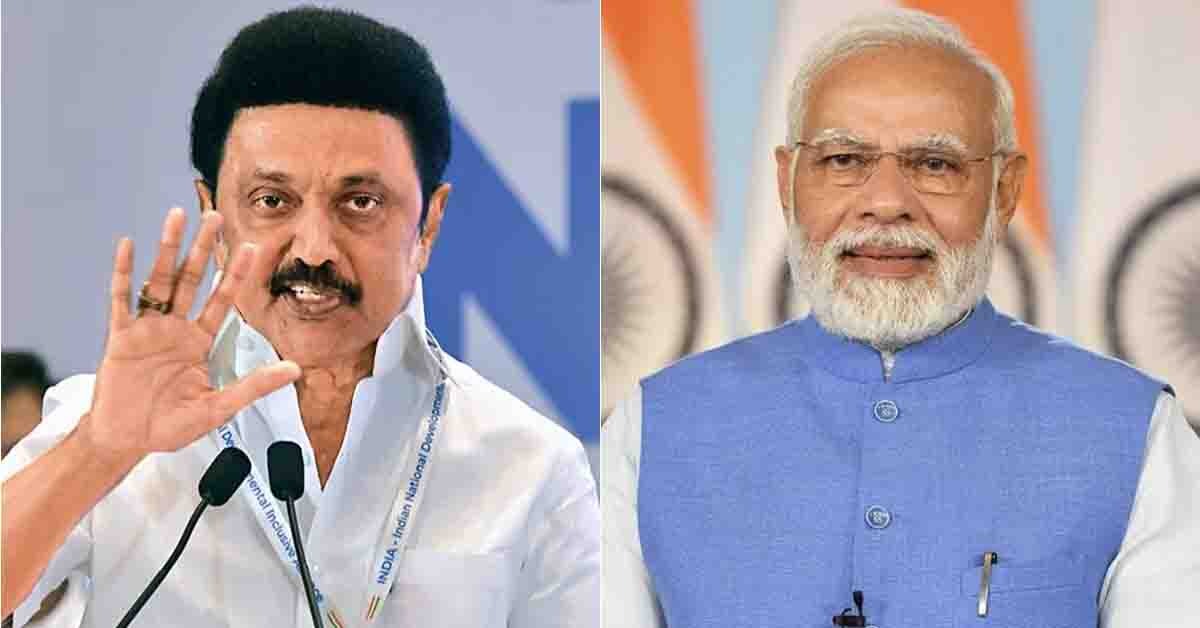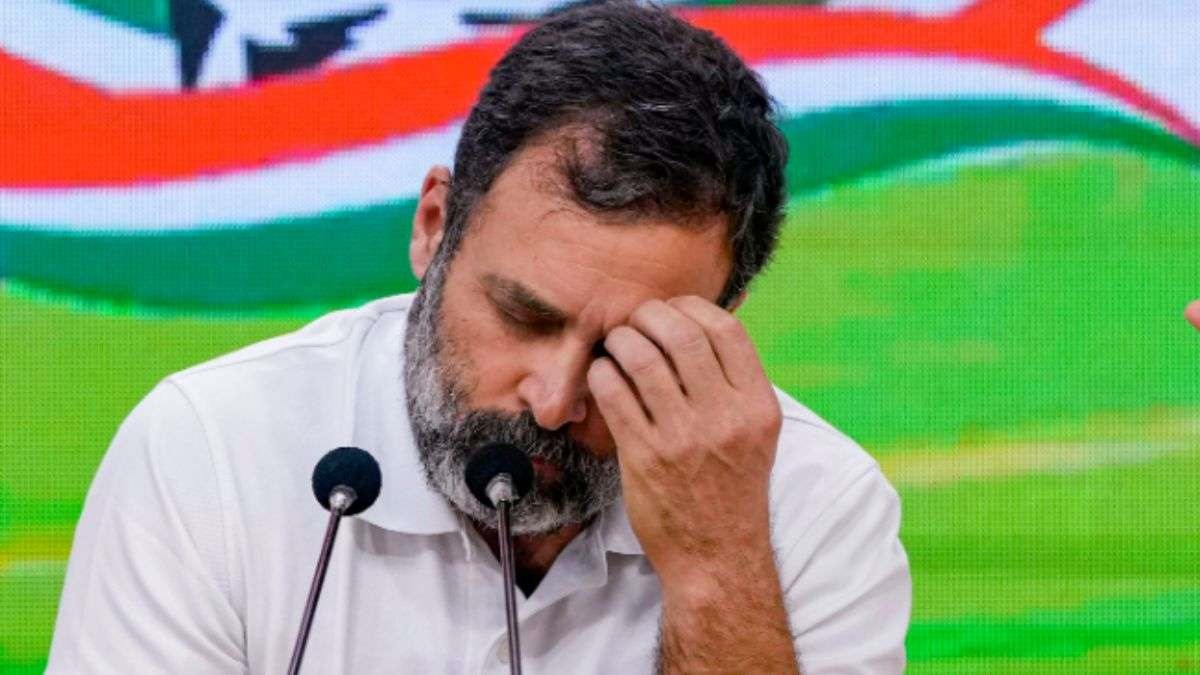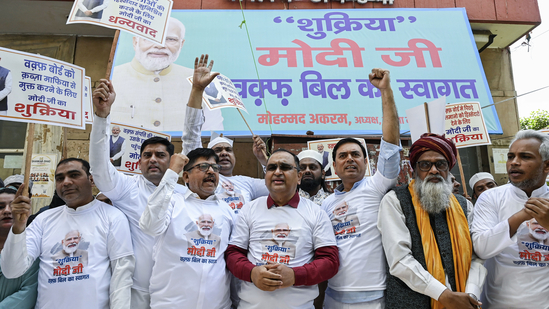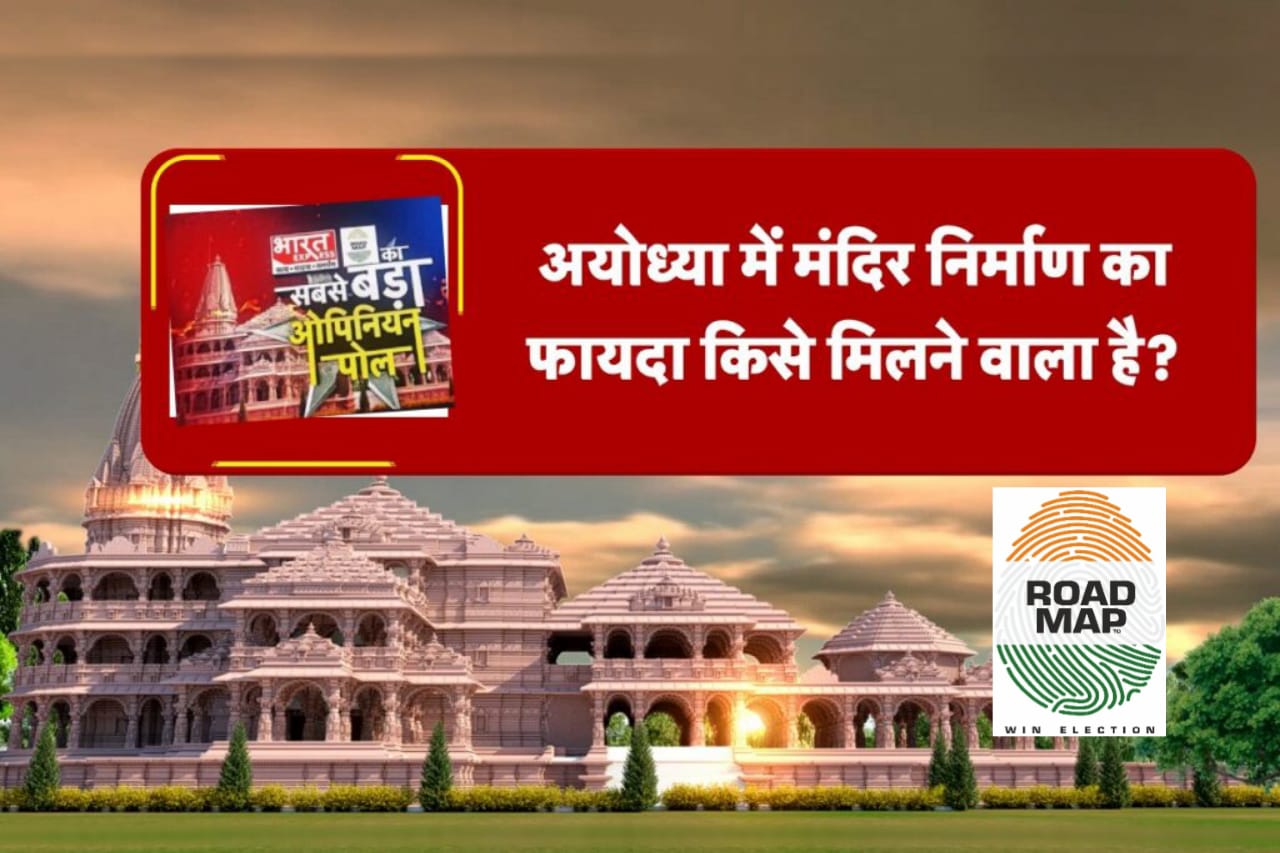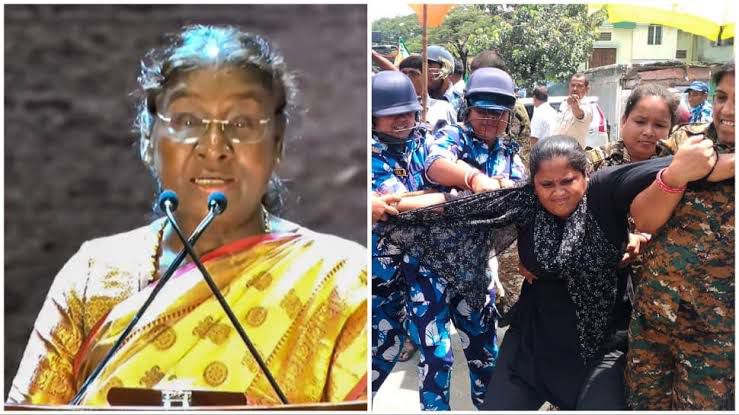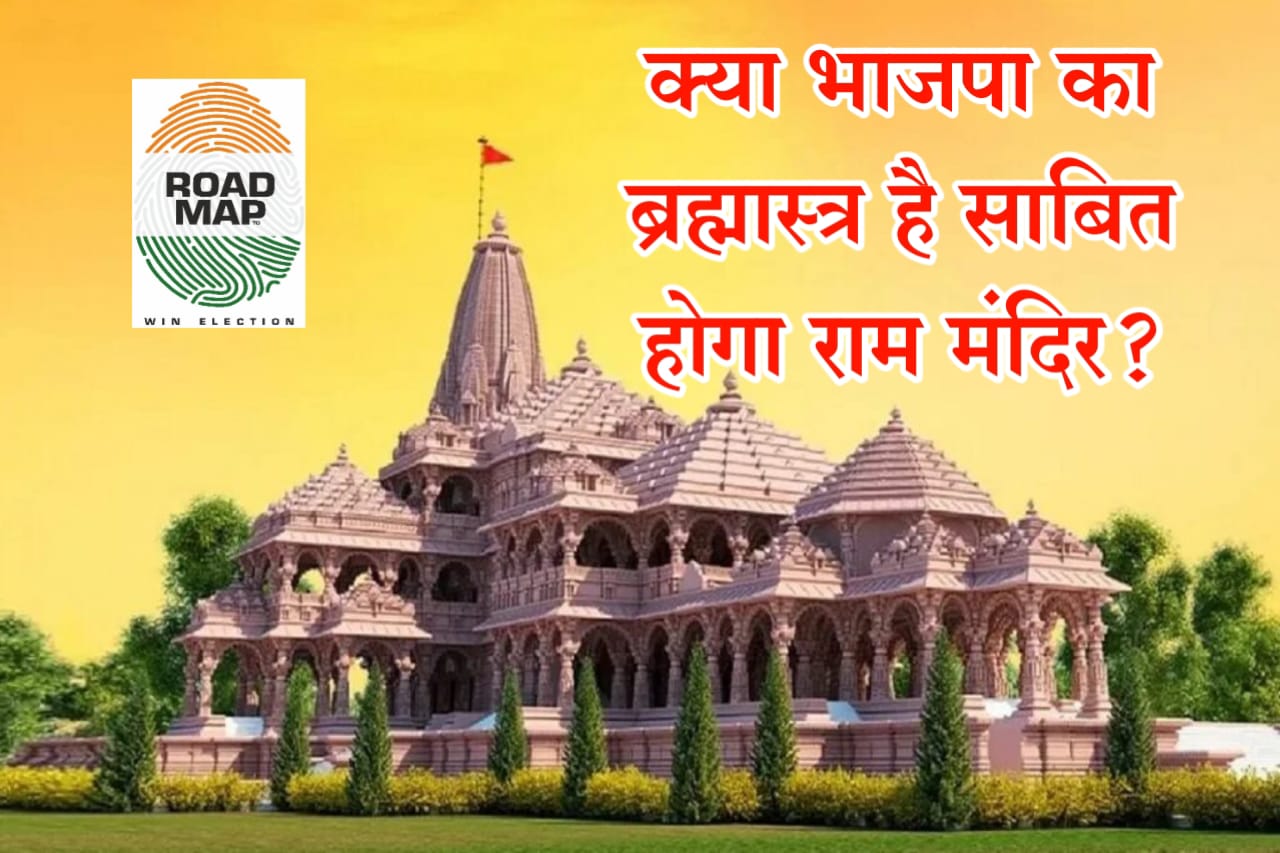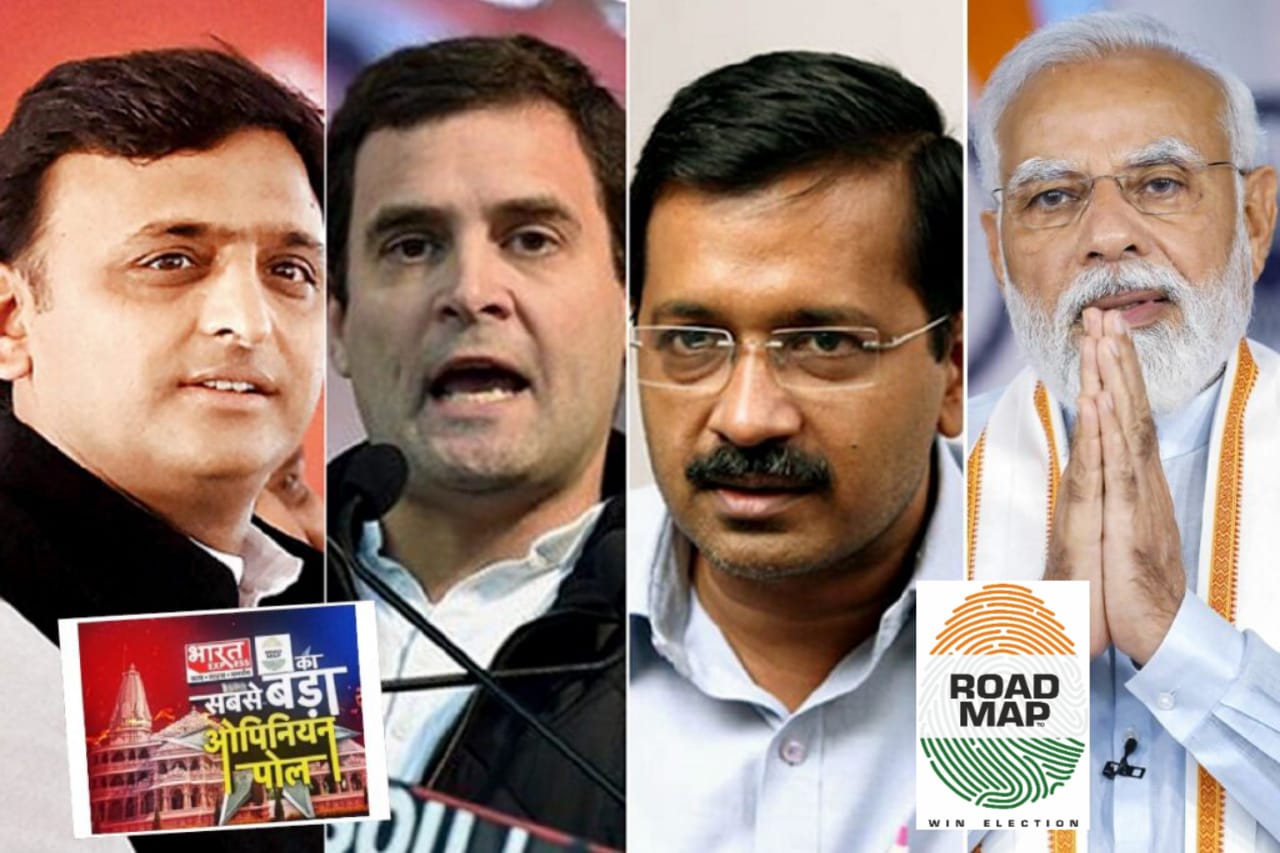The 2025 Delhi Assembly elections delivered a stunning setback for the Aam Aadmi Party (AAP) and its leader, Arvind Kejriwal. After a decade of dominance, AAP managed to secure only 22 seats, while the Bharatiya Janata Party (BJP) surged ahead with 48 seats, forming the government in the national capital for the first time in over two decades.
Despite popular welfare schemes like free electricity, free water, and free bus rides for women, AAP’s strategy crumbled against the BJP’s well-oiled election machinery, Prime Minister Narendra Modi’s direct appeal, and an extensive network of Rashtriya Swayamsevak Sangh (RSS) workers who executed over 50,000 drawing-room meetings across Delhi.
So, what went wrong for AAP, and how did the BJP turn the tide?

1. The Limits of Freebies: When Welfare Alone Isn’t Enough
AAP built its political success on subsidized electricity, water, healthcare, and transport for lower-income groups. While these measures resonated with Delhi’s poor, they were no longer a game-changer in 2025.
- Other BJP-led states had implemented similar schemes, blunting AAP’s electoral advantage.
- Middle-class voters, once AAP’s silent supporters, shifted their focus to financial relief from the Union Budget rather than state-level freebies. The ₹12 lakh tax exemption limit announced earlier in 2025 made a stronger impact on salaried professionals than AAP’s welfare schemes.
AAP failed to recognize that after ten years, Delhi’s voters wanted more than just subsidies—they wanted improved infrastructure, better governance, and economic growth.
2. Corruption Allegations and the Collapse of AAP’s ‘Honest Politics’ Image
One of AAP’s biggest selling points was its promise of clean politics and zero corruption. However, this reputation took a massive hit as key party leaders—including the Chief Minister and Deputy CM—were arrested on corruption charges.
- Regardless of whether the cases were politically motivated or not, the arrests shattered AAP’s credibility.
- High-profile defections of AAP MLAs to the BJP only worsened public perception.
- The BJP’s campaign effectively projected AAP as a party that had become just another political outfit plagued by corruption and misgovernance.
Voters who once admired Kejriwal’s anti-corruption stance were left disillusioned, and the party failed to offer a convincing counter-narrative.
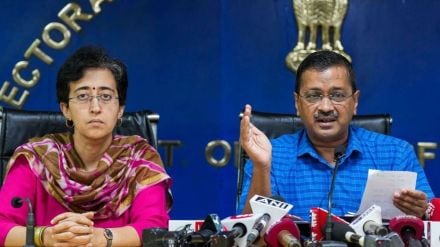
3. BJP’s Persistent Groundwork and RSS’s Drawing-Room Meetings
While AAP relied heavily on its existing popularity, the BJP left nothing to chance. The party deployed its well-trained RSS and BJP workers, who organized over 50,000 drawing-room meetings across Delhi.
- These small but strategic interactions targeted undecided voters in middle-class and upper-middle-class localities, shifting their allegiance towards the BJP.
- The BJP used a hyper-localized approach, addressing constituency-specific concerns rather than relying on blanket promises.
- Modi’s direct appeal to Delhi voters, coupled with door-to-door BJP campaigns, ensured a high voter turnout in the party’s favor.
The grassroots outreach by the BJP and RSS created an undercurrent of silent voter mobilization, which AAP completely underestimated.
4. Modi’s Charisma and BJP’s Smart Campaign Strategy
Prime Minister Narendra Modi played a crucial role in BJP’s victory in Delhi. Unlike previous elections, where BJP struggled to match Kejriwal’s local appeal, this time Modi’s direct involvement changed the game.
- Modi’s ‘AAP-da’ narrative (a play on words implying AAP as a disaster) struck a chord with voters who were frustrated with governance issues.
- His rallies and speeches reassured voters that BJP would continue AAP’s popular welfare schemes—neutralizing Kejriwal’s biggest advantage.
- The BJP successfully positioned itself as a party that could offer both welfare and better governance, something AAP failed to counter effectively.
5. AAP’s Campaign Complacency and Strategic Missteps
AAP entered the 2025 elections with an overconfidence that proved fatal. Unlike the BJP’s aggressive campaign strategy, AAP’s outreach lacked energy, innovation, and urgency.
- The party relied too much on its past achievements, assuming that previous voters would remain loyal.
- AAP failed to aggressively counter BJP’s allegations of corruption and inefficiency, allowing the narrative to snowball.
- There was no last-minute voter mobilization, unlike the BJP, which executed a robust final push through mass contact programs, street meetings, and booth-level interactions.
AAP’s sluggish campaign efforts made it easier for swing voters and first-time voters to drift towards the BJP.
6. The Congress Factor: A Silent Vote Cutter
In previous Delhi elections, Congress had been an insignificant player, but in 2025, it played a crucial role in dividing anti-BJP votes.
- Rahul Gandhi and Priyanka Gandhi led a highly vocal campaign against AAP, attacking its failures in governance.
- While Congress failed to win seats, it successfully chipped away at AAP’s traditional vote base in many constituencies.
- This fragmentation of opposition votes allowed BJP to win crucial seats with smaller margins, proving to be a game-changer.
7. Municipal Mismanagement and Public Discontent
AAP’s victory in the 2022 Municipal Corporation of Delhi (MCD) elections should have strengthened its grip on Delhi. Instead, it turned into a liability.
- Unresolved garbage crises, waterlogging, and waste management issues alienated urban voters.
- The party’s failure to form a Standing Committee in MCD led to governance paralysis, making AAP look weak and ineffective.
- BJP smartly used these civic failures in its campaign, portraying AAP as incapable of managing even local governance, let alone the entire state.

For many Delhiites, this was the final nail in the coffin.
Conclusion: A Lesson in Political Survival For AAP
AAP’s 2025 Delhi election defeat is not just a setback—it’s a moment of reckoning. The party overestimated the enduring appeal of its welfare schemes while underestimating the power of governance issues, corruption allegations, and BJP’s formidable ground campaign. To stay politically relevant, AAP must take immediate corrective steps:
- Rebuild Credibility – AAP must directly address corruption allegations, ensure transparency in governance, and remove tainted leaders to restore public confidence. A clean image was its foundation—regaining trust is non-negotiable.
- Fix Civic Governance – The party’s inability to deliver on essential urban infrastructure—roads, water, waste management—was a major factor in its downfall. If AAP does not prioritize these everyday issues, its support base will continue to erode.
- Develop a Proactive Strategy Against BJP – The BJP-RSS election machinery exposed AAP’s weak organizational framework. AAP must build a disciplined cadre capable of countering BJP’s booth-level mobilization, especially replicating BJP’s micro-engagement model like drawing-room meetings.
- Win Back the Middle Class – AAP’s overemphasis on free schemes alienated middle-class voters, who shifted to BJP. It must offer concrete economic policies that appeal to this section while maintaining a balance between welfare and fiscal responsibility.
- Strengthen Leadership and Internal Stability – The party has suffered internal rifts and leadership exits. Kejriwal must empower regional leaders, decentralize decision-making, and ensure a stable leadership pipeline to prevent further erosion of its base.
Delhi’s verdict proves that freebies alone cannot sustain electoral success. Voters demand accountability, strong governance, and an evolving political vision. If AAP fails to reinvent itself quickly, it risks becoming a one-time phenomenon rather than a lasting political force. The choice is Kejriwal’s—reinvent or retreat into irrelevance.

